The tray is bean-shaped, sheathed in leather.
It opens with three drawers in front and rests on slightly curved legs.
Beautiful ornamentation of gilded bronzes
Iron mark TERNISIEN & DANTANT
Period 19th century
H.: 76 cm; L.: 116 cm; P.: 55 cm
Félix-Alfred Ternisien is recorded in the "Almanachs du Commerce" as a cabinetmaker working at 42 rue Fontaine-au-Roi between 1860 and 1870, then at 234 rue Saint-Honoré from 1870. Under the reign of Napoleon III, Ternisien collaborated with Dantant, who was both a cabinetmaker and a leading tapestry designer. In 1856,
During the reign of Napoleon III, Ternisien collaborated with Dantant, who was both a cabinet maker and a leading tapestry designer.
In 1856, Ternisien and Dantant produced the furniture for the Imperial train based on plans by Viollet-le-Duc.
In 1874, the Count of Paris, Philippe d'Orléans, commissioned Viollet-le-Duc to restore the Château d'Eù; Viollet-le-Duc in turn hired Ternisien and Dantant to supply the furniture for the Château according to his own detailed drawings.
Ternisien completed the rooms in Rio rosewood, highlighted by a deep carving for the gilt room, the billiard room and the prince's study, as well as the execution of a large gun cabinet and a stoup for the chapel in 1877.
The majority of this furniture is now in the Louis Philippe Museum at the Château d'Eù



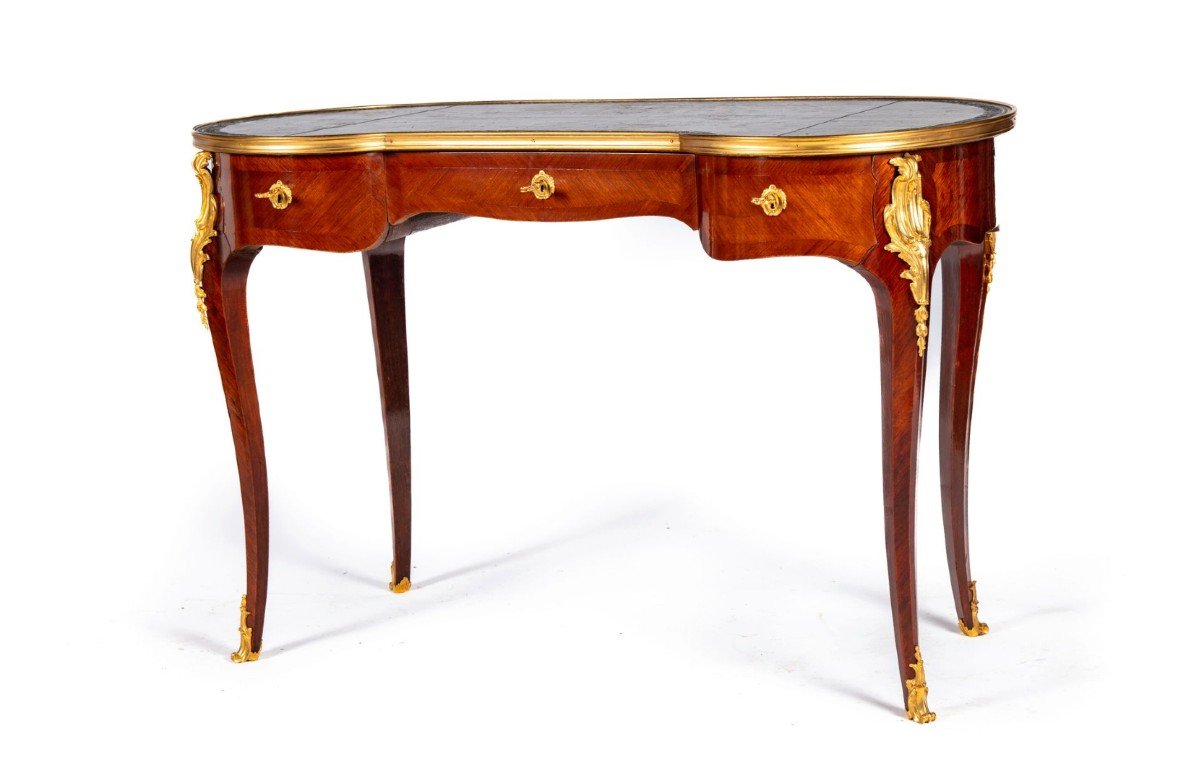

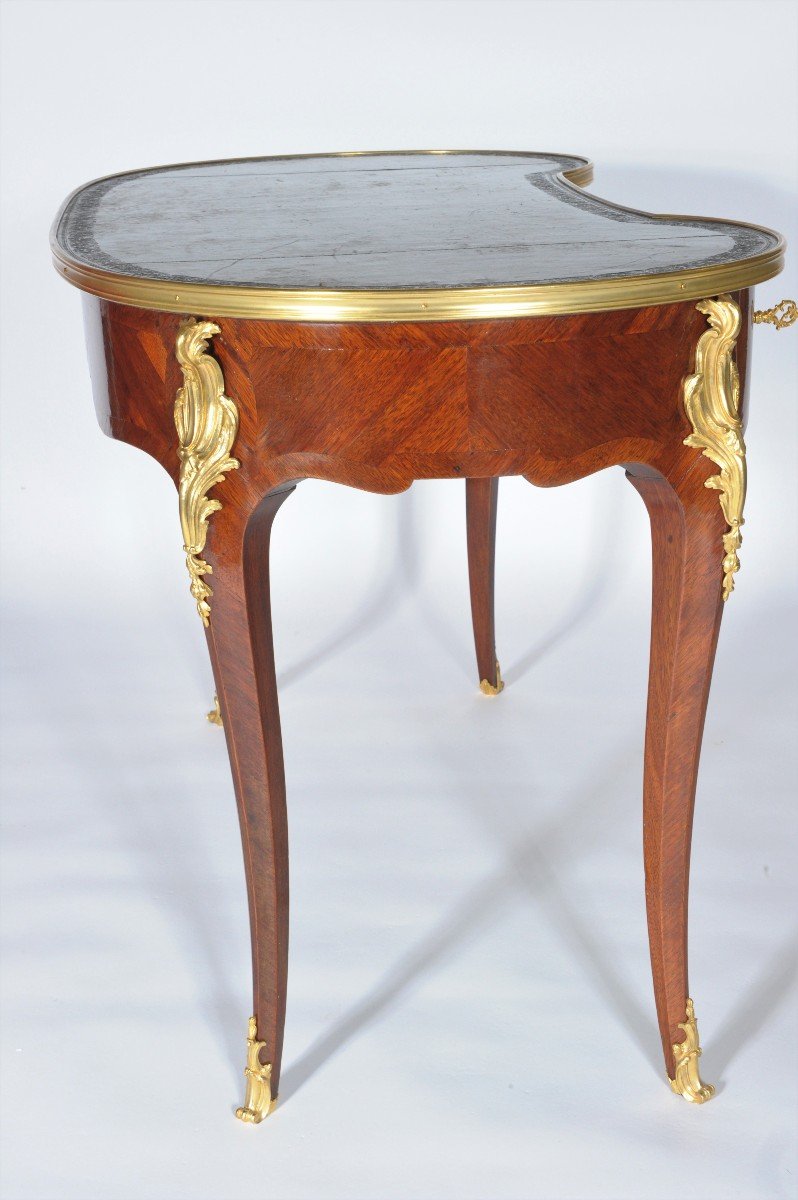
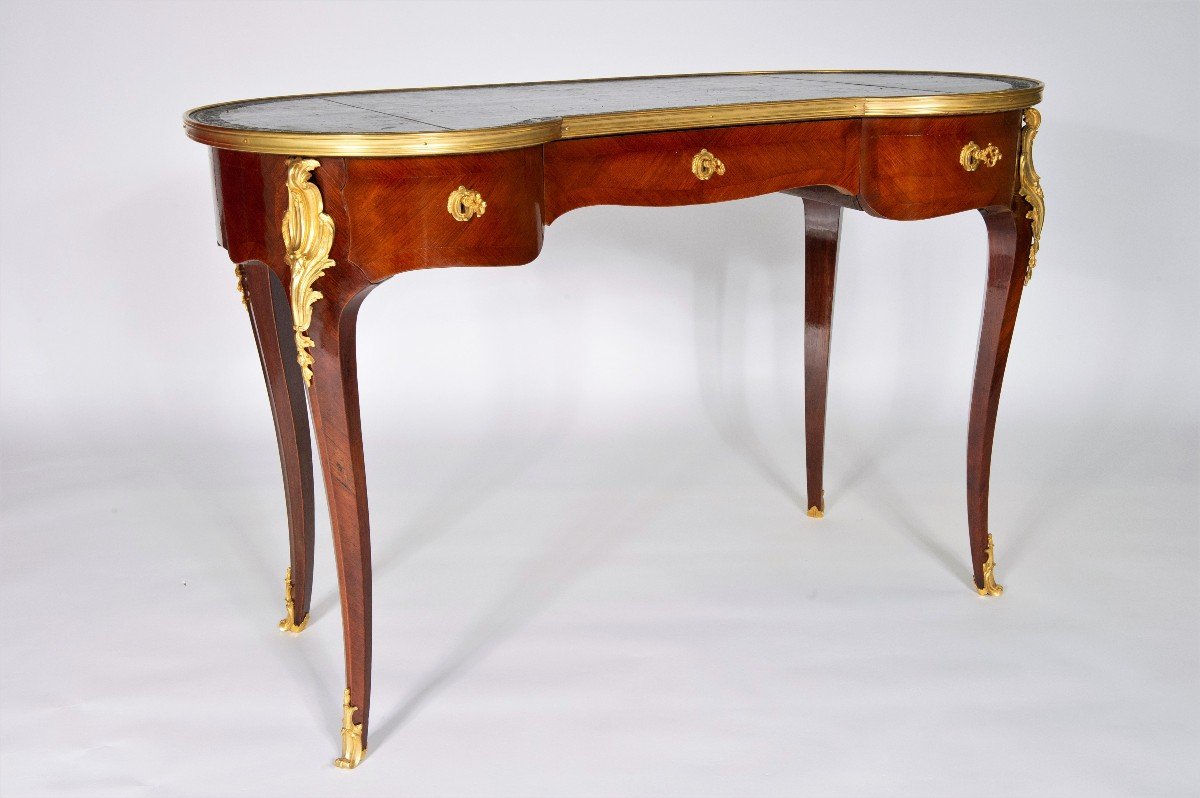
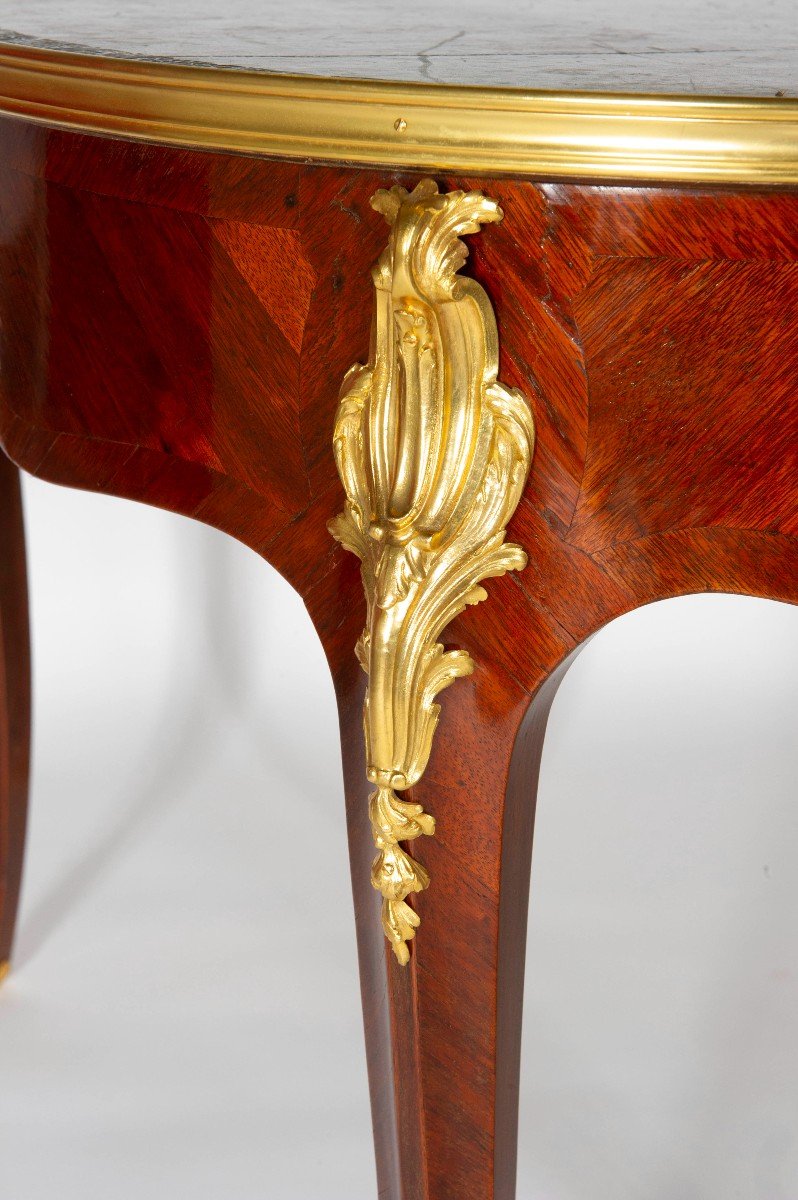
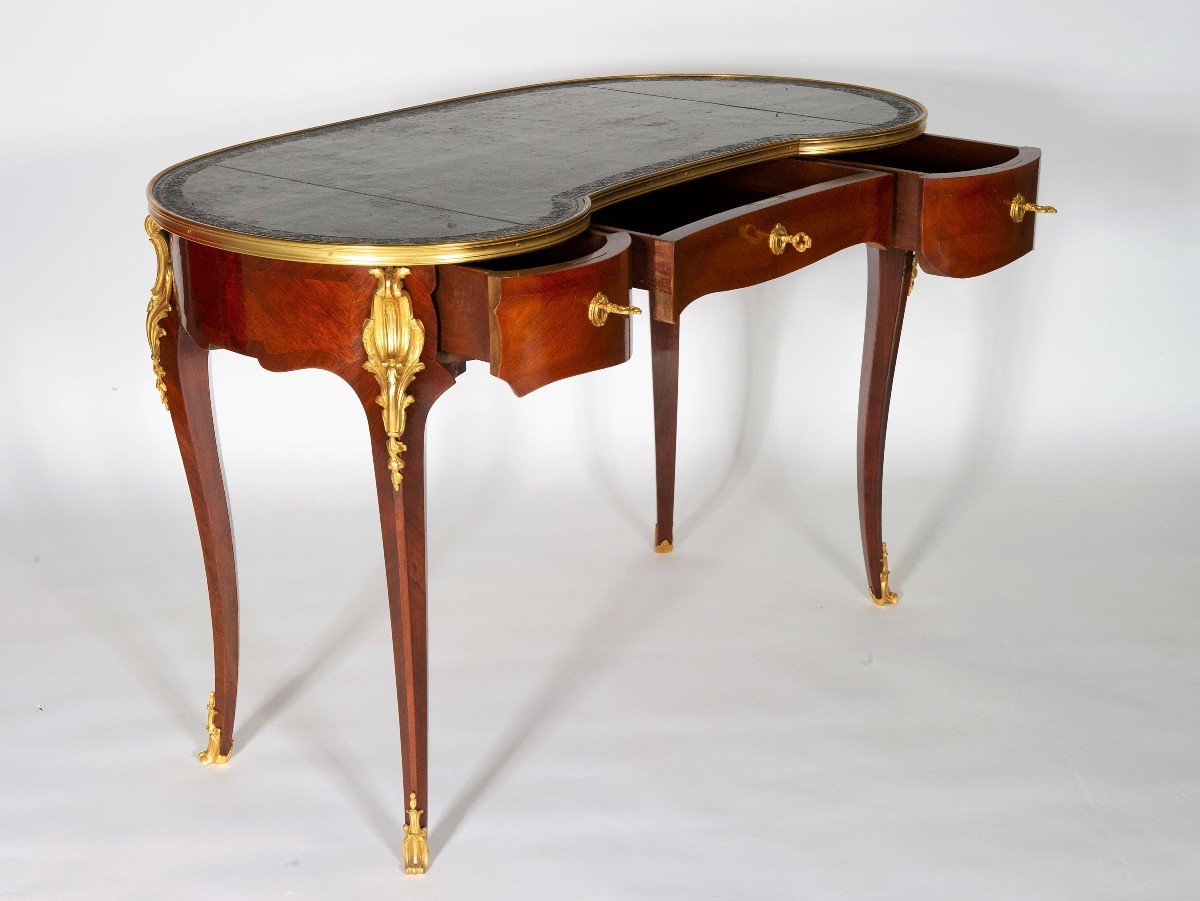

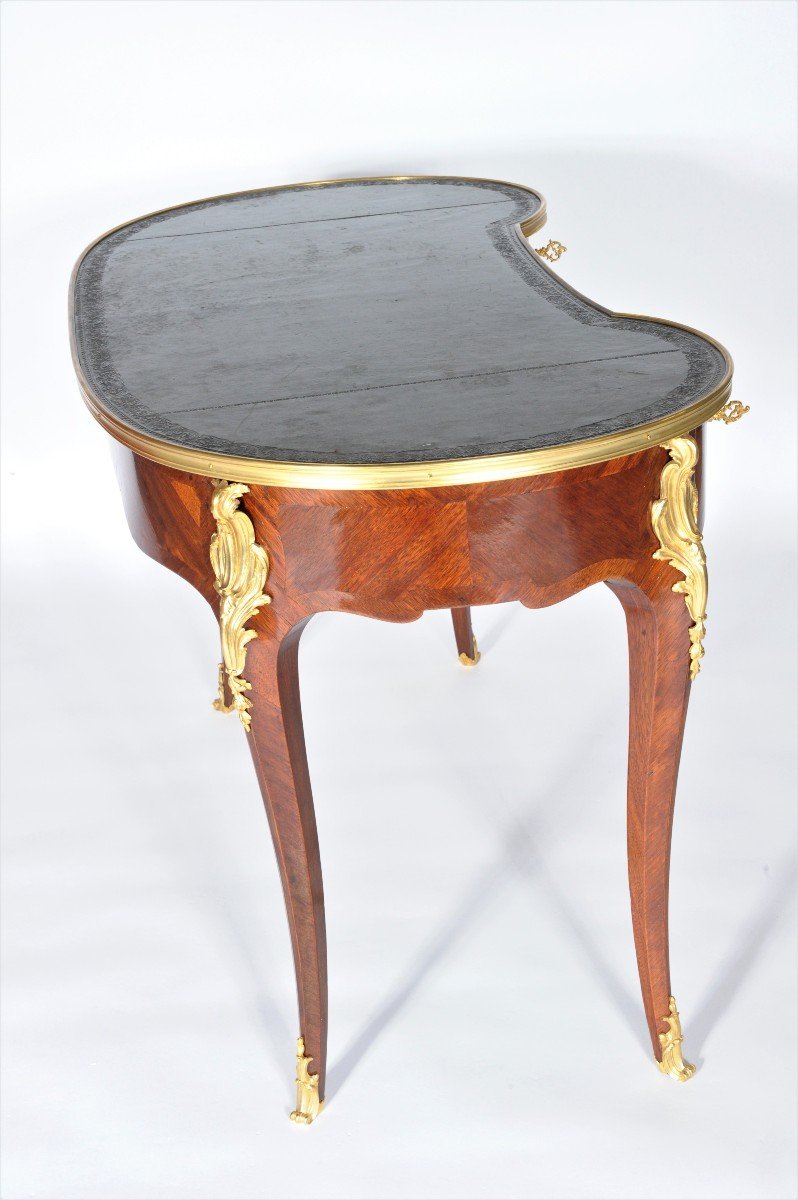
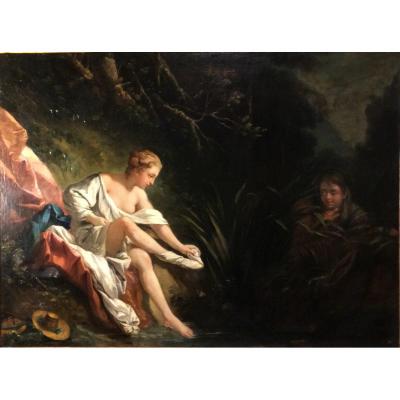
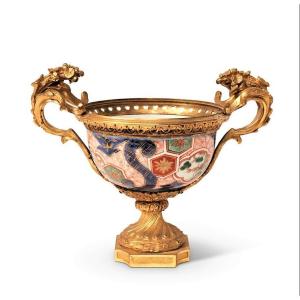

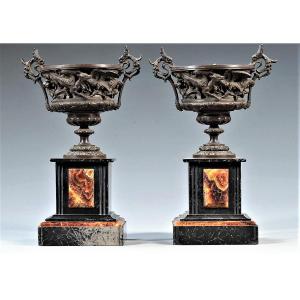



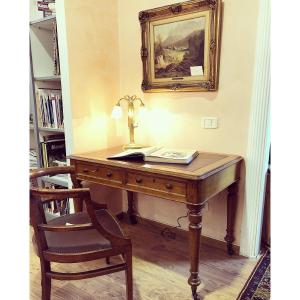
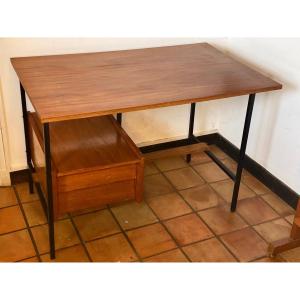

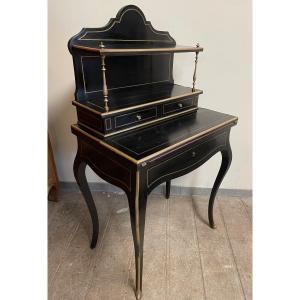
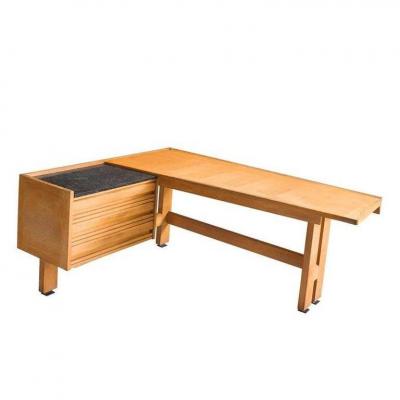



 Le Magazine de PROANTIC
Le Magazine de PROANTIC TRÉSORS Magazine
TRÉSORS Magazine Rivista Artiquariato
Rivista Artiquariato
